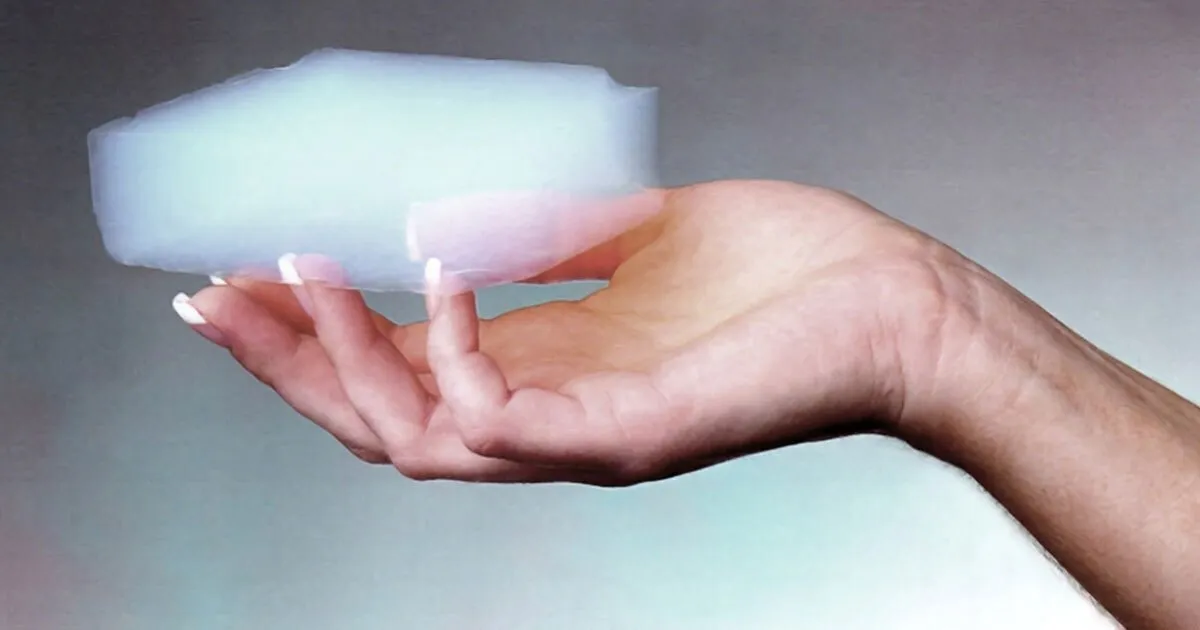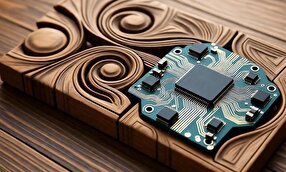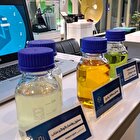Iranian Firm Finds Way to Remove Industrial Pollutants, Oils

Cellulose-zinc oxide aerogel, by utilizing its ultra-porous structure, very low weight, high surface adsorption properties, and photocatalytic performance, enjoys a high ability to remove heavy metals, organic compounds, and bacteria from water sources.
This technology is not only considered a green and eco-friendly solution, but also, by using renewable and low-cost materials, it can be implemented on various scales, from industrial treatment plants to portable rural systems.
Photocatalytic materials with a three-dimensional porous structure (aerogels) compared to photocatalytic adsorbent nanoparticles are an ideal choice to remove colored organic pollutants in practical applications due to their larger contact surface area, high adsorption capacity, uniform distribution of the photocatalyst surface, lack of clumping, and easy separation from water after adsorption.
The main purpose of this product is to remove organic pollutants from aqueous solutions by using a photocatalytic method in the presence of aerogels, and the developed product is used in areas of water and wastewater treatment, oil removal, and recycling.
In a relevant development in 2023, a wastewater treatment device based on the synergy of plasma and cavitation technology was designed and manufactured by a knowledge-based nanotechnology company in Iran which can treat all types of wastewater and recycle them for reuse.
The device developed by Pishro Fanavar Nano Tav Asia company is useful in destruction and neutralization of organic pollutants in industrial, mining, domestic, etc. wastewater, treatment of hospital effluents containing dangerous compounds and treatment of contaminated and toxic waters with heavy metals and microorganisms.
Among the advantages of this device mention can be made of the ability to destroy highly stable materials, the small amount of space needed for the treatment process, no use of chemicals, cost reduction compared to similar methods, removal of heavy metals and reduction of producing voluminous sludge.
In this device, the combination of plasma and cavitation technologies has been applied for the treatment process. Meantime, the pulsed plasma section provides an environment prone to the destruction of pollutants by creating an electrical discharge in the water.
4155/v





















